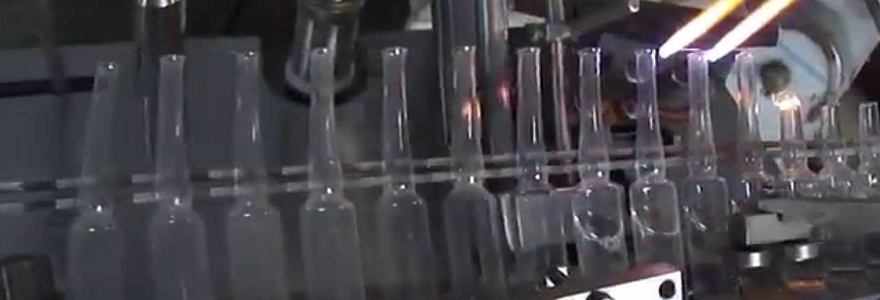
The sealing of ampoules is a critical step in the drug production process. It is necessary to stop contamination from occurring during storage and transportation. While there are many methods to seal ampoules, some have proven to be more effective than others. This article covers the top three methods for ampoules sealing.
1. Heat-Induced Sealing
This type of ampoule sealing is one of the best methods because it does not require any additional substances to get the ampoules sealed. This method utilises the temperature changes to melt and reform a top layer on the ampoule's top surface. The process involves three steps: heating, cooling and snapping. In the heating, you immerse the ampoules in hot water. Once they leave the hot water, you cool them in cold water. The final step is snapping, which involves moving ampoules back and forth between the hot and cold water containers.
Ampoules that have been sealed with this method are less likely to leak and are more shatterproof. In addition, this method is cost-effective and can be done in a short amount of time. Whether you are dealing with a fibre or glass ampoule, you can get it done within minutes.
2. Sealing with Wax
In this method, professionals use a wax seal to keep the ampoules sealed. The wax is melted and poured over the top of the ampoules. Once it has cooled, it forms a seal that protects the contents from contamination. One of the major benefits of this method is that it is extremely effective in preventing leaks. It is also relatively easy to do and does not require specialised equipment.
Ampoules sealed using wax can last for a very long time. They can last for up to a year without any degradation in quality. The only downside is that it can be a little more expensive than other methods.
3. Sealing with a Cap
This is the most common method of sealing ampoules. A cap is placed on the ampoules and then screwed on to create a seal. This method is effective in preventing leaks and contamination. It is also effortless to do and does not require any technical equipment. Nevertheless, this method can only be used with a glass ampoule as they are perfect for medical, cosmetic, and pharmaceutical needs. Plastic ampoules cannot be sealed with a cap. Depending on the extremity of your project, you can also use double tipped capping and a metal cap to create a strong seal.
Conclusion
There are many methods for sealing ampoules. The three methods discussed in this article are the most common and most effective in preventing leaks and contamination. While each method has its advantages and disadvantages, all of them effectively provide a seal that protects the contents from being contaminated. Choose the method that is best suited for your ampoules.